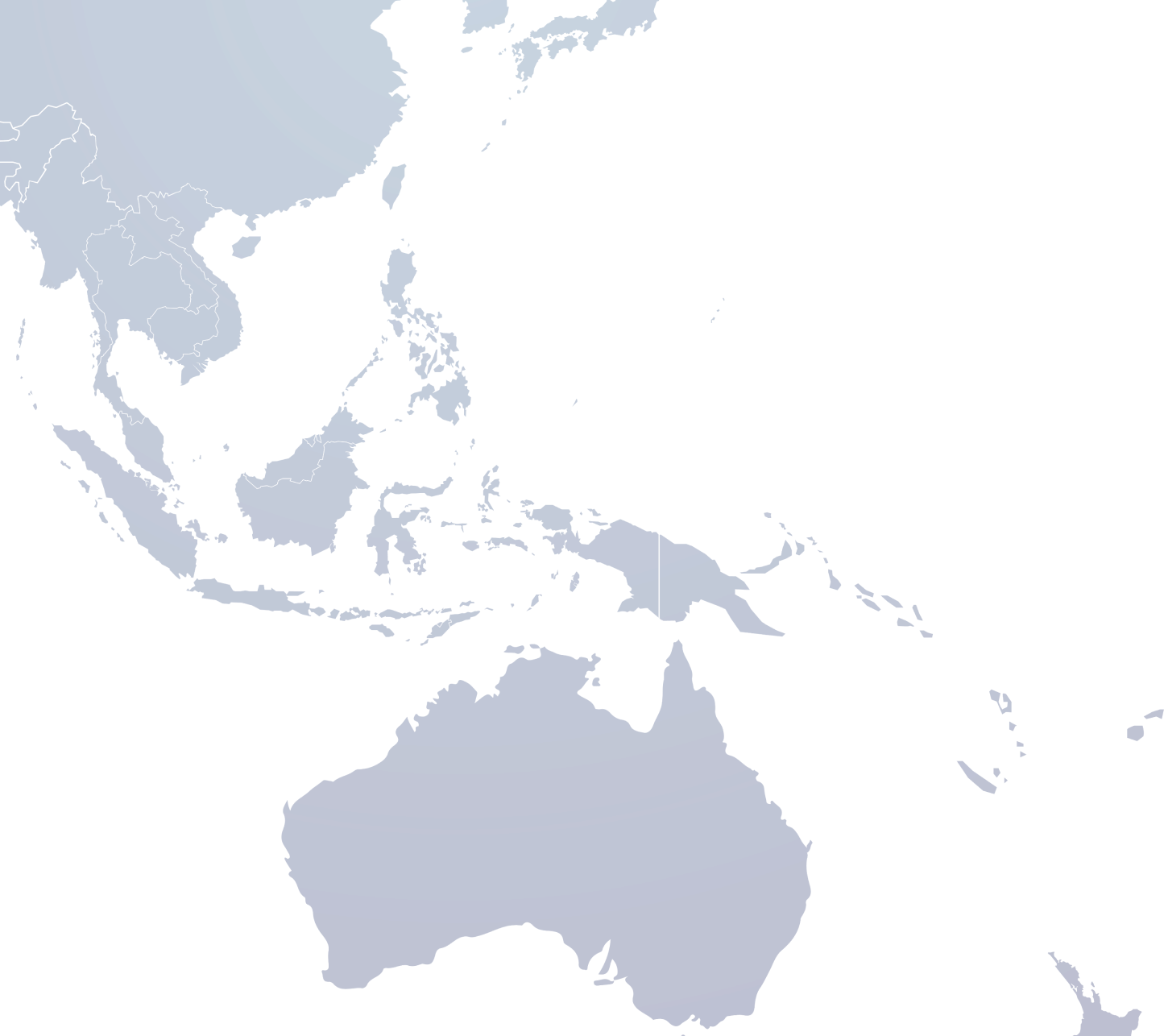When launching a new product in Asia, one of the most important steps you can take is to secure a patent. A patent gives you legal protection, preventing others from copying or using your invention without permission.
This is especially crucial in competitive industries like engineering and medical devices, where innovation is key to success. The opportunity to sell in giant markets such as Japan, China and Indonesia is very attractive, so it is useful to understand how to get a patent in Asia and how to ensure that your product is protected as you enter these markets.
The Importance of Patents
A patent is a legal document granted by a government that gives the inventor exclusive rights to their invention for a certain period, typically 20 years. In industries like engineering and medical technology, patents are vital because they protect your unique ideas and innovations from being copied by competitors. This protection allows you to safely invest in developing and marketing your product, knowing that you have the exclusive right to profit from it.
Without a patent, competitors could replicate your product, undermining your market share and potentially putting your business at risk. In fact, studies show that 80% of the market value of companies in industries like pharmaceuticals and technology comes from their patents and intellectual property. Therefore, securing a patent is not just about protecting your invention—it’s about securing your business’s future.
For engineering, a patent will cover the specifications of the product or innovation that you have created and give you legal protection in a court of law should it be copied, altered and profited elsewhere. The patent can also cover you legally for certain wording, phrasing, technology, functions or its ability to save money.
Researching Patent Laws in Asia
Before you can get a patent in Asia, it’s important to understand the patent laws in the countries where you plan to launch your product. Asia is a diverse continent with different legal systems, so patent laws can vary significantly from one country to another. For example, China, Japan, and South Korea have well-established patent systems, but the process for obtaining a patent in each country is different.
In general, you will need to apply for a patent in each individual country where you want protection. Some countries, like China, have a first-to-file system, meaning the first person to file a patent application for an invention will receive the patent, regardless of who actually invented it first. Therefore, it is crucial to file your patent application as early as possible.
You can research online or speak to a specialist patent attorney for advice, who will be able to guide you and hopefully get your patent approved quicker than if you did it independently.
Filing a Patent Application
The process of filing a patent application typically involves several steps. First, you need to prepare a detailed description of your invention. This should include drawings or diagrams that clearly show how your product works. For engineering products, this might involve technical drawings, while for medical devices, you might need to include detailed specifications of how the device interacts with the human body.
Next, you need to decide where to file your patent. If you are targeting multiple Asian countries, you might consider using the Patent Cooperation Treaty (PCT), which allows you to file a single international patent application that can later be used to apply for patents in multiple countries. This can save time and effort, especially if you are planning to launch your product in several markets across Asia.
After filing your application, it will be examined by a patent office in the respective country. The examination process can take time, often several years, especially in countries with high demand for patents, like China and Japan. If the patent office finds that your invention is new, useful, and not obvious, they will grant you a patent.
Protecting Your Patent and Enforcing Your Rights
Once you have obtained a patent, it is important to actively protect it. This means monitoring the market for any potential infringements and being prepared to take legal action if necessary. In Asia, where the markets are large and diverse, patent infringement can be a significant risk, especially in rapidly growing industries like engineering and medical devices.
In 2020, China alone accounted for nearly 45% of all patent applications worldwide, reflecting the growing importance of intellectual property protection in the region. Therefore, staying vigilant and enforcing your patent rights is crucial to maintaining your competitive edge.
Securing a patent is a critical step when launching a product in Asia, particularly in industries like engineering and medical devices, where innovation drives success. By understanding the patent laws in the countries where you plan to operate, filing your application properly, and protecting your rights, you can ensure that your invention is safeguarded as you enter these dynamic markets. With careful planning and attention to detail, a patent can be your key to successfully launching and growing your product in Asia.




























